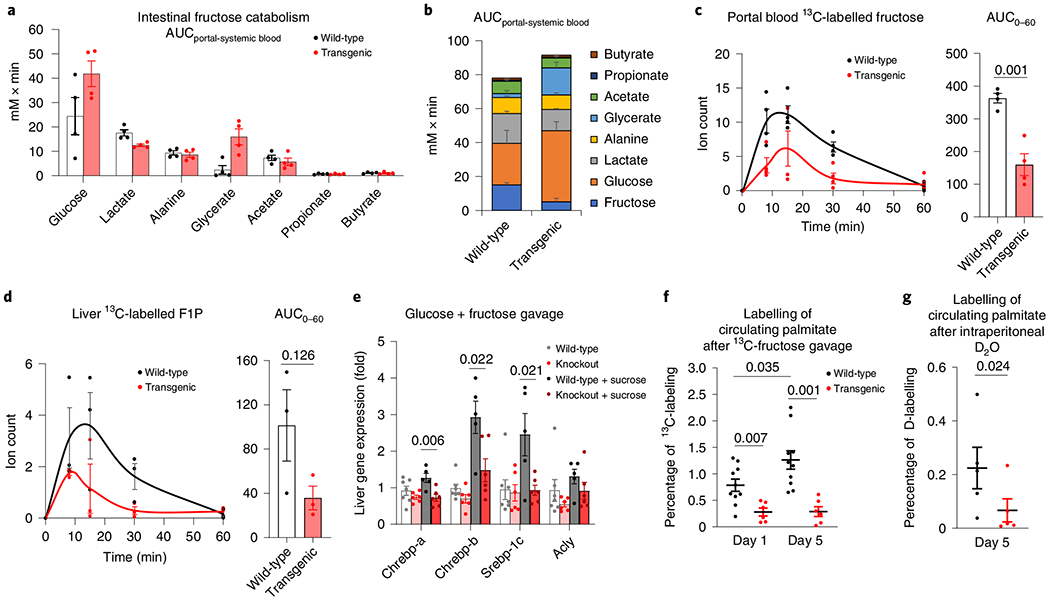Fig. 3 |. Intestine-specific KHK-C overexpression suppresses fructose spillover and hepatic lipogenesis.

a,b, Intestine-specific KHK-C transgenic mice showed increased intestinal fructose catabolism, quantified by more release of fructose catabolic products into the portal vein (n = 4 mice per group) (a); stacked bars with fructose data added (b). c,d, Mice received a 1:1 mixture of 13C-fructose and unlabelled glucose (1 g kg−1 each) via oral gavage. The levels of labelled fructose in the portal circulation (c, n = 4 mice for each time point) and F1P in the liver (d, n = 3 mice for each time point) were measured. The AUC is shown on the right. e, Mice received saline or a 1:1 mixture of fructose and glucose (2 g kg−1 each) via oral gavage. After 2 h, the mRNA levels of the indicated genes in the liver were measured (n = 7, 6, 5, 5 mice). f,g, Mice received a 1:1 mixture of fructose and glucose (2 g kg−1 each) via oral gavage twice a day for 5 d. On the first (day 1) or last day (day 5), mice received a 1:1 mixture of 13C-fructose and unlabelled glucose (2 g kg−1 each) via oral gavage and the 13C-labelling of blood palmitate was measured after 6 h (f) (n = 10 wild-type mice, n = 6 transgenic mice). Alternatively, on day 5, mice received 100% D2O via intraperitoneal injection and deuterium labelling of blood palmitate was measured after 6 h (g) (n = 5 mice). Data are the mean ± s.e.m. The numbers in the graphs indicate P values obtained by two-sided Student’s t-test.
